Flamingo Quest: Discovering Pink Paradise in Turks and Caicos
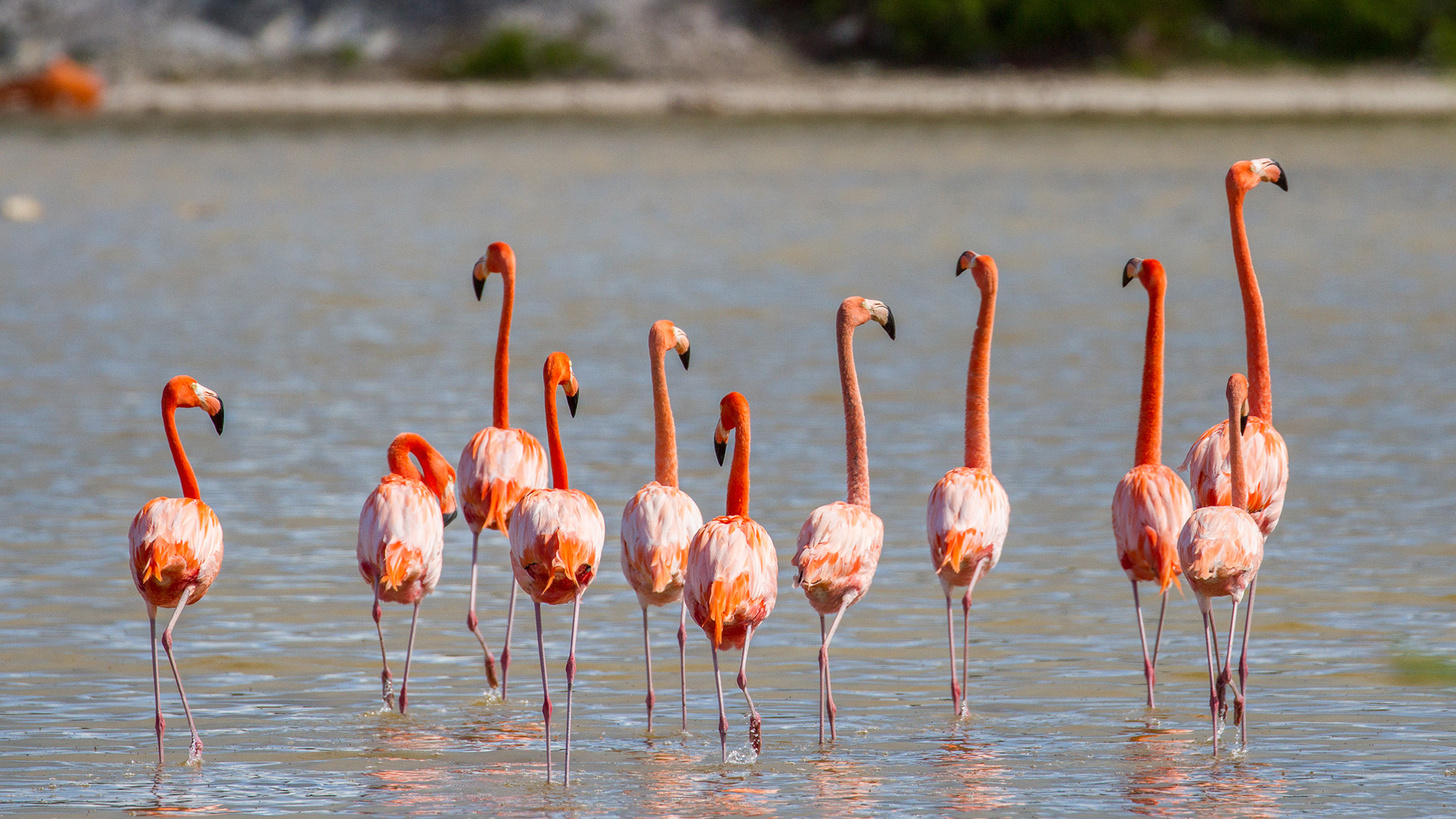
“A flock of flirting flamingos is pure, passionate, pink pandemonium—a frenetic flamingle-mangle—a discordant discotheque of delirious dancing, flamboyant feathers, and flamingo lingo.”
– Charley Harper
When you think of the Turks and Caicos Islands, you probably imagine pristine beaches, turquoise waters, and a haven for marine life. But did you know these islands are also a paradise for flamingos? These elegant, romantic creatures are native to the tropical and subtropical regions, and their vibrant pink feathers have inspired mythology, folklore, and artists around the world. Due to the location of the Turks and Caicos Islands in the tropical Atlantic, close to the Caribbean, the Islands are home to the American flamingo (Phoenicopterus ruber), also known as the West Indian flamingo or Caribbean flamingo. In Turks and Caicos, flamingos are a stunning sight and integral to the local culture and history. They symbolize beauty and grace and serve as guardians of the Islands’ natural splendor.
Flamingo Hotspots in Providenciales
Providenciales, the main tourism island, may not have the largest flamingo populations, but you can still spot these pink beauties.
Royal Turks and Caicos Golf Club
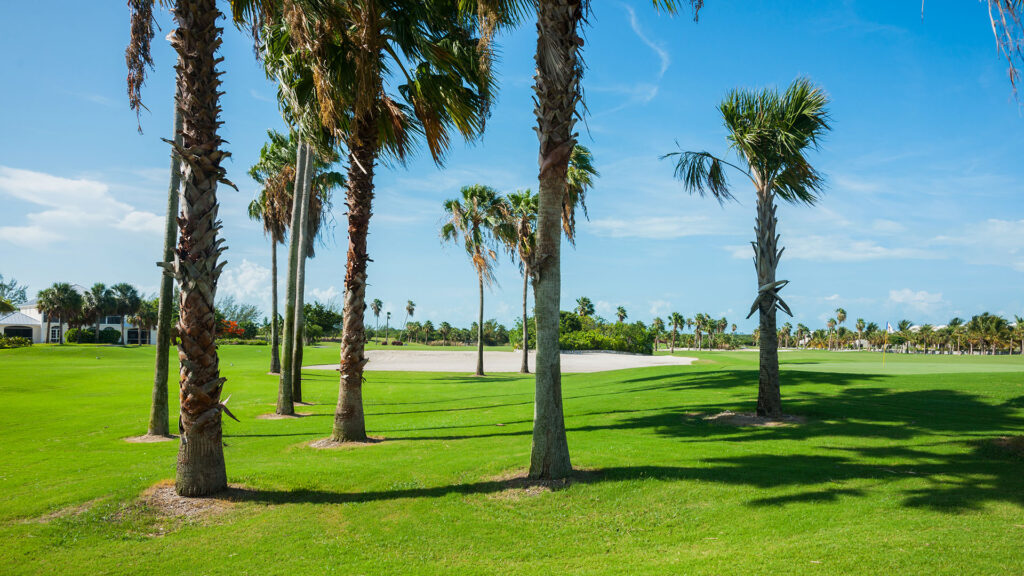
Flamingos, herons, and egrets add to the scenic golfing experience on both the front and back nine holes, which are surrounded by rugged limestone formations and water features.
Turtle Lake, Flamingo Lake, and Juba Sound
This trio of saline ponds near Turtle Tail and Venetian Road occasionally hosts flamingos. Drive along the scenic Venetian Road, and you might catch a glimpse of these birds in the wetlands of Flamingo Lake and Juba Sound.
Cheshire Hall Creek
Named after the nearby plantation, Cheshire Hall Creek is a network of shallow ponds and mangrove waterways. Although largely undeveloped, it’s a serene spot where you might spot flamingos. Before continuing your tranquil birdwatching journey, take a moment to dine at the nearby Mangrove Bay Restaurant, enjoying a delicious meal and the beautiful views of the ponds and waterways.
Frenchman’s Creek and Pigeon Pond Nature Reserve
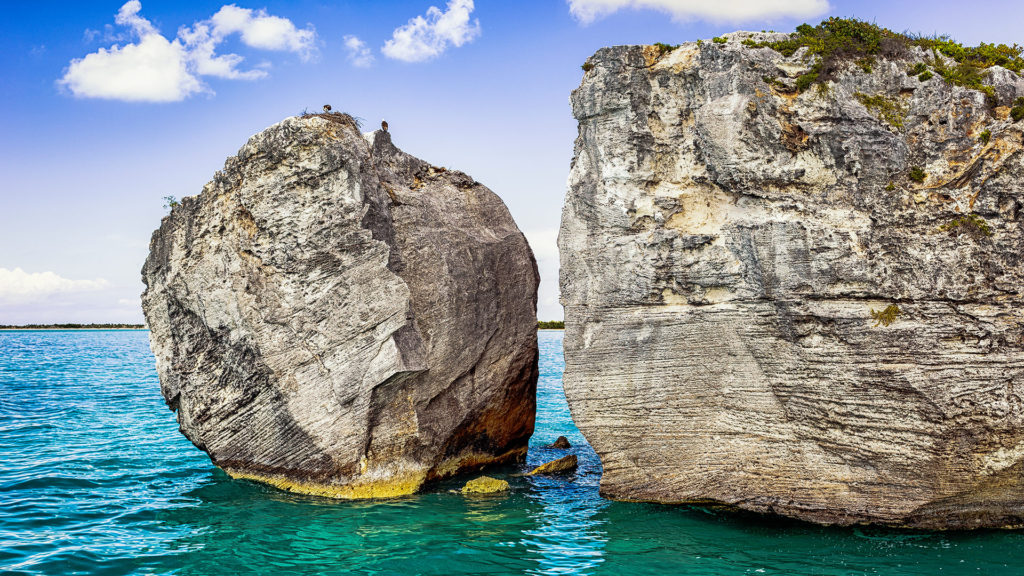
This nature reserve on the southwestern coast is a birdwatcher’s dream. Flamingo Creek Bay, accessible by a rugged track off the road to Amanyara resort, is one of the finest birdwatching areas in Providenciales. Its tidal creek and coastal dune make it a perfect habitat for flamingos.
Located within the Frenchman’s Creek Nature Reserve, Proggin’ Bay occasionally hosts groups of flamingos. The contrast of glistening salt crystals and the striking red of the pond against the turquoise Caicos Banks makes it a picturesque spot.
Flamingo Sightings on North Caicos
Flamingo Pond Overlook
The best spot to see large numbers of flamingos in North Caicos is the Flamingo Pond Overlook near Whitby. With flocks sometimes numbering in the thousands, this easily accessible spot offers a fantastic view of the extensive wetland. Bring your binoculars to see the birds more closely.
Other Notable Ponds
Pumpkin Bluff Pond, Mud Hole Pond, and Mangrove Pond are also worth a visit. These hyper-saline ponds south of the road leading from Sandy Point to Whitby often attract flamingos and other wading birds like herons and egrets.
Middle Caicos Flamingo Havens
Montpeller Pond
Near Bambarra, Montpeller Pond is perfect for flamingo photography. A dense wall of trees is a natural blind, providing excellent opportunities to capture these birds in their natural habitat.
Haulover Ponds
Located between Haulover Plantation and Haulover Point Beach, these extensive muddy ponds are another scenic spot for flamingo sightings on Middle Caicos.
West and East Caicos: Remote Flamingo Retreats
Lake Catherine on West Caicos
This nature reserve features a system of saline ponds with hundreds of flamingos. The striking pink birds against the gray silty mud of the eastern side and the turquoise waters of the western side make Lake Catherine a spectacular sight.
Drum Point on East Caicos
As one of the largest uninhabited islands in the Lucayan Archipelago, East Caicos is a sanctuary for birdlife. Most northern ponds support flamingos, with large flocks common near Drum Point. East Caicos is a treasure trove for birdwatchers and nature lovers alike.
Getting to Other Islands
North & Middle Caicos
- Reserve your rental car on North Caicos before your trip. It’s easiest to pay with cash when you pick up the rental on North Caicos. Booking directly by phone is the most effective method.
- Arrive at the ferry dock at Heaving Down Rock Marina on Providenciales 20-30 minutes before the ferry departure and purchase tickets at the Caribbean Cruisin’ office (the yellow building). Parking is free.
- Ferries land at Bellefield Landing on North Caicos. Your rental car and agent should be waiting just steps from the ferry landing. The rental car usually includes maps, but you may want to print North and Middle Caicos maps before your trip.
- Explore North Caicos and Middle Caicos! A road causeway connects the two islands.
West Caicos
Currently, there are no regular boat cruises or ferry services to West Caicos. Dive boats frequently visit the island’s reefs, but only private vessels visit on day trips. To visit West Caicos, you’ll need to book a charter through a local water sports company.
Here are a few recommendations:
East Caicos
East Caicos is a true adventure, a remote paradise accessible only by boat. Big Blue Collective is the sole boat charter offering excursions to this part of the Turks and Caicos. They provide a variety of private boat charters tailored to groups of all sizes, including sunset charters, half-day charters, and full-day charters. Embark on this exclusive journey and discover the hidden treasures of East Caicos, including its vibrant flamingo population.
Incredible Flamingo Facts
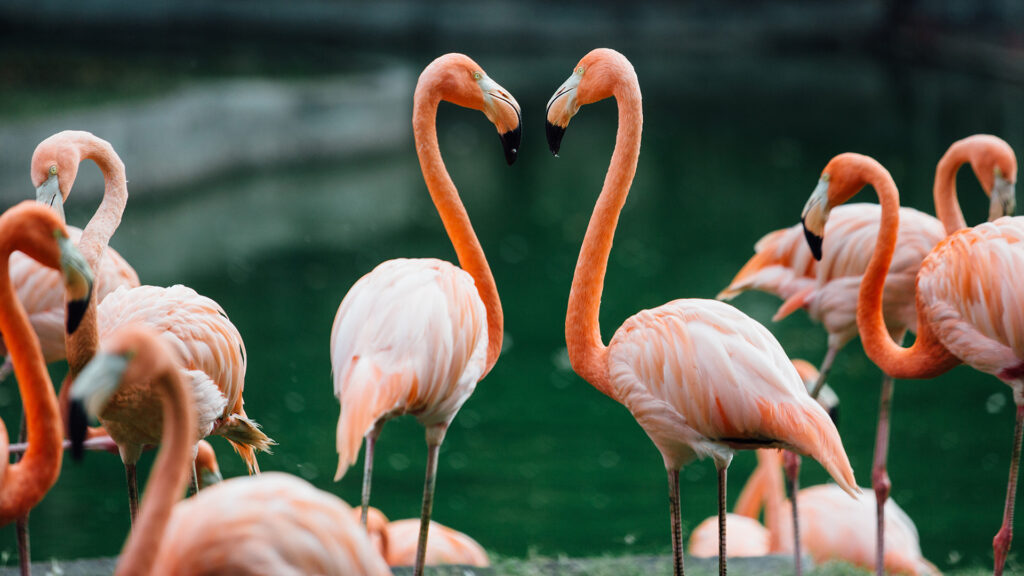
- Mud Nests: Flamingo nests resemble mini mud volcanoes built by both parents to incubate their single egg.
- Diet-Driven Color: Their pink hue comes from the carotenoid pigments in their algae and brine shrimp diet.
- Filter Feeders: Flamingos feed by sweeping their heads side-to-side underwater, filtering out food with comb-like plates in their bills.
- Flamboyance: A group of flamingos is called a flamboyance, a fitting term for such striking birds.
- Knee Confusion: What looks like a flamingo’s backward-bending knee is actually its ankle; their real knees are hidden higher up.
- One-Legged Sleepers: Flamingos can sleep standing on one leg, likely because it uses less muscle power.
Stay at Villa del Mar Resort
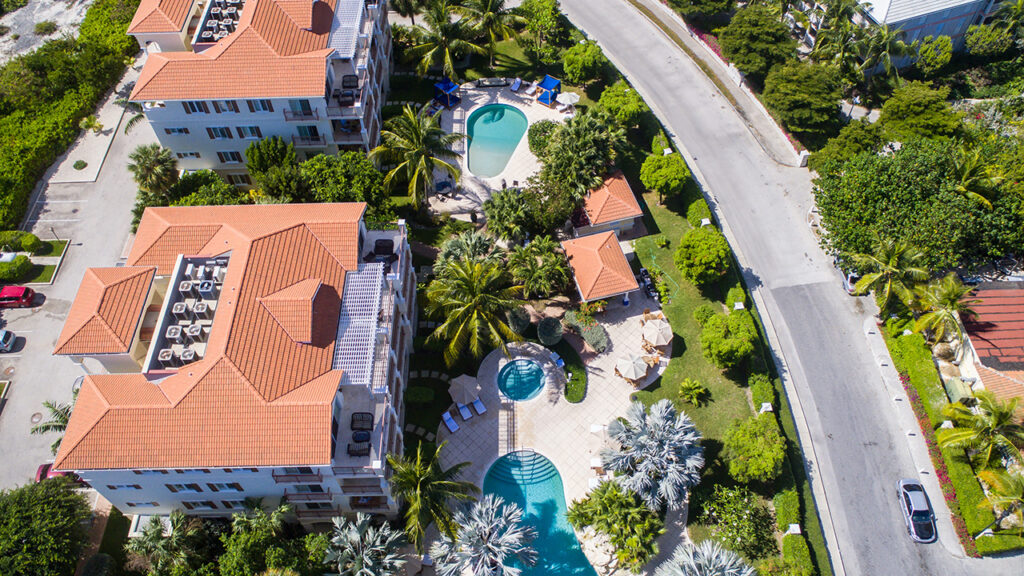
Stay at Villa del Mar Resort for a perfect base to explore Providenciales and its natural wonders. This intimate condominium property offers beautifully appointed suites and is only a short walk from Grace Bay Beach. Whether birdwatching or enjoying the island’s other attractions, Villa del Mar provides a serene and luxurious retreat. Embark on your flamingo quest in Turks and Caicos and discover the pink paradise that awaits you!

